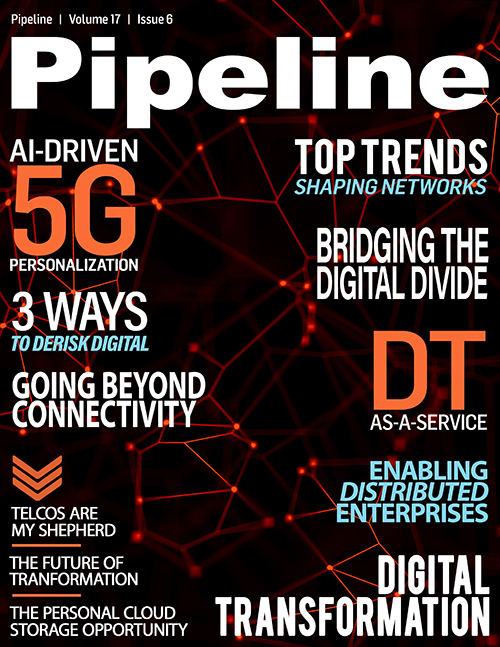AI-Driven Personalization: the Key for 5G Revenue
The power of personalization
No longer is the same service rolled out to every customer, but services can now be tailored to each of our specific needs. An existing use-case is Target. The company has acquired 5G-powered analytics and AI and ML methods to process your data and combine it with the data of the store you are in to deliver recommendations as you browse the aisles. As a result, customers receive a highly personalized experience in real time, while the store increases its chances of profitability through targeted sales.
AI and ML methods can also be applied to customer billing at the point of use to monetize complex customer demands. As consumers continue to use personalized services, old, rigid billing methods are no longer viable. To try to manually charge for the huge number of services that exist, however, would lead to payment chaos. Instead, automated approaches to charging for services will be the best way to charge accurately and in a way that allows for the complexity of the 5G era.
As well as handling existing charging complexities, AI and ML methods can identify potential new revenue streams, further increasing the ROI of this type of infrastructure. By analyzing the habits of those using a particular service, potential new charging opportunities can be identified, and an accurate, leak-proof revenue stream is created. For example, charging deployments such as geo-zoning, peak hours recognition and discounts to boost the performance of underachieving services are ways in which ML- and AI-enabled methods will plug gaps in revenue loss.
There is an advantage for the consumer too, which in turn builds loyalty and is advantageous for the business. The cost of retaining existing, happy customers is generally lower than recruiting new customers, so personalization methods to meet the needs of your customers is a valuable strategy. Multi-leveled tariff systems, which are already being implemented by leading telecoms operators, automatically charge for the services customers are using and prevent a customer being overcharged for a service that they don’t want.
Looking forward
Data creation is due to grow to 175 zettabytes by 2025. To put it in concrete terms, this increase is the same as a stack of DVDs large enough to circle the Earth 222 times, or a video that would take 1.8 billion years to download. The implementation of AI and ML methods to effectively analyze, draw conclusions and make recommendations based on this data is not just preferable, but a necessity.
By investing in AI- and ML-enabled digital transformation solutions, organizations can implement the ability to intelligently collect and use data for a leak-proof revenue stream and in-built security. Not only does the organization see these benefits as well as improved ROI, but it enhances the customer experience. This means customers may be willing to pay more, and a company is more likely to retain existing customers while also attracting new ones.



















